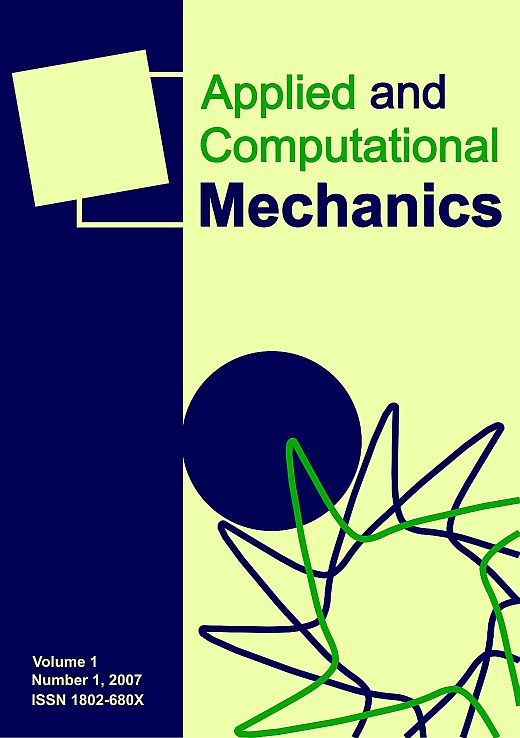Numerical study on the impact of particles filling pattern and screw parameters on the mixing uniformity of wheat grains in a screw mixer
DOI:
https://doi.org/10.24132/acm.2021.689Keywords:
discrete element method, granular material, homogeneity index, screw mixerAbstract
The presence of moisture content in a silo makes the preservation of a grain stock challenging especially when dealing with a large stock. This made it as a major concern for engineers to preserve large crops of grains and avoid huge losses. By installing a screw inside of a silo, the moisture problem could be avoided by stirring the loaded granular bed alongside aeration, also it could be effective to mix different types of loaded materials. The present work has sought to develop predictive models of discrete element method for mixing uniformity assessment when mixing wheat granules in a hopper-bottom screw mixer. The different factors being investigated are: initial configuration of particles, screw rotational direction, screw pitch length, screw diameter and screw rotational velocity. Findings regarding bed homogeneity were calculated using the nearest neighbor’s method. The best mixture was obtained when considering a side-wise filling type of particles ahead mixing and using a 20 mm screw diameter, 30 mm screw pitch and rotating the screw at 80 rpm speed.Downloads
Published
31-Dec-2021
Issue
Section
Articles
License
Copyright (c) 2021 Applied and Computational Mechanics

This work is licensed under a Creative Commons Attribution 4.0 International License.
How to Cite
[1]
S. Garneoui, I. Keppler, P. Korzenszky, and M. S. Talafha, “Numerical study on the impact of particles filling pattern and screw parameters on the mixing uniformity of wheat grains in a screw mixer”, APPL COMPUT MECH, vol. 15, no. 2, Dec. 2021, doi: 10.24132/acm.2021.689.







